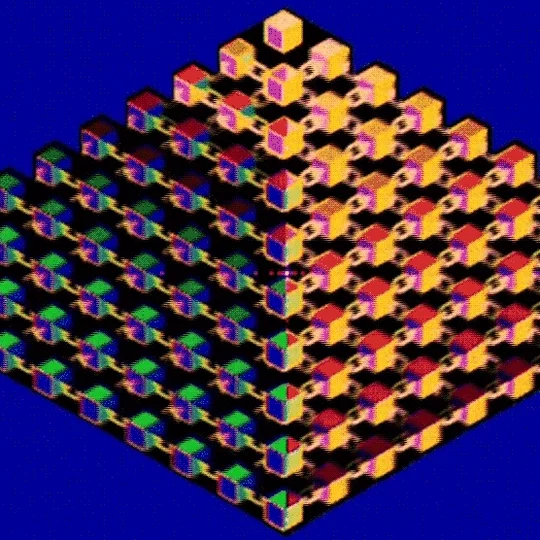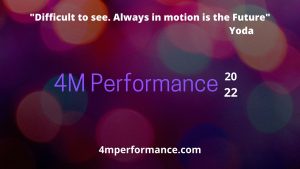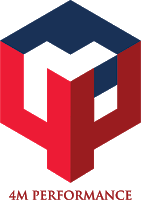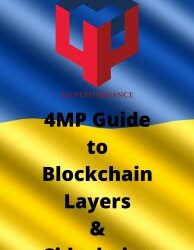Blockchain (BC) development differs from traditional app development. BCs require a lot of upfront planning – such as deciding upon the most suitable incentive scheme, the degree of transparency, specific group permission, etc. Normally, core BC developers are responsible for the entire BC development lifecycle – including researching its architecture and identifying use-cases for the app.

How is a BC developed?
BC databases are very difficult to hack or manipulate, making them a perfect place to store sensitive data. So, in developing a BC app you must understand how BC technology works.
To learn the technology you must familiarize yourself with its concepts, cryptography, and with BC code language, such as Solidity. A lot of BC development focuses on information architecture, or how the database is structured and how the data is to be distributed and accessed with different levels of permission.
This, in turn, will impact which parties get access to what data, how the data is to be shared between parties, and whether the majority voting will ensure the altering of any data.
How do I become a BC developer?
There is tremendous demand for BC developers. The first thing any aspiring BC coder must do is to attend a comprehensive development tutorial from a reputable source. A full understanding of the differences and tradeoffs between BC programming and traditional systems structures is requisite. These tradeoffs include full transparency, governance voting, customized incentive scheme, etc.
It is very important in BC development that its ‘lifecycle’ be considered. In other words, breaking down the BC development into process stages. These stages will comprise the BC development process.
The BC Development Process
Organizing the process in an efficient and ideal way will foster the best outcome. The stages required are as follows:
- Stage 1. Identify and thoroughly define the problem to be solved. It can be costly and unnecessary to use a BC when it is not required. It is crucial to know what problem the BC can solve.
- Stage 2. Choose the best fitting BC. Each BC uses its own consensus format. The most common being Proof-of-Work or Proof-of-Stake.
- Stage 3. Choose a programming language. Now is the time to focus on designing the user interface of the application. The BC chosen will affect the programming language to be used – which in turn, will influence how users interact with the chain. Interoperability is an additional factor to consider when selecting a language. Several of the most popular BC programming languages are HTML/CSS, Javascript, PHP, Python, Solidity, Ruby, Golang, and Node JS. After selecting a language a database should be chosen, two very popular are MongoDB and MYSQL.
- Stage 4. Select a platform. Identifying which BC to build on allows for immediate development – no need to build from scratch. This selection is determined by the consensus mechanism required. Popular platforms are Ethereum with Solidity, Ripple with Codius, NEO, Hydrachain, IBM Blockchain, and Multichain. Every platform listed above will facilitate the BC development cycle. Study each platform’s strengths and gaps to determine which is best for your project.
- Stage 5. Layout an action plan. Prioritize each action step to ensure the most comprehensive process – taking into account the characteristics of the selected platform.
- Stage 6. Design the architecture. Will the BC include specific permissions for certain users or will it be permissionless? Will the application require the use of private or public network architecture? Will it be a public chain where participants can only add data with permission from a registered participant?
- Stage 7. Develop the BC application. Configure the key aspects of the app. Ensure that permissions, block signatures, address formats, and key management are finalized. Once implemented these cannot be changed. Start working on the app’s Application Programming Interface (API). These are used to perform auditing functions, generate key pairs, and store and/or retrieve data. APIs provide the most value to users. You must also set up middleware or software that connects external systems to the BC, allowing communications between BC components and the app running on it. Common APIs used in many BCs include Key management, Smart asset lifecycle management, Smart contract management, Key and address generation, Digital signatures, and Hash number generation. You can use pre-built APIs for BC apps or create new ones. Pre-built APIs speed up the development process, while creating new ones offer greater flexibility.
- Stage 8. Test and release an Alpha version of the app. An early version of the project is now ready for testing. At this stage focus on the core functions and identify and address any gaps in the app’s performance.
How much time should all of the above take? It may take several months to a year. The goal is to create a feasible timeline and realistic benchmarks.
So, there you have it. Building blockchains is not an easy task but they do serve a very useful purpose in the right situation and appear to be a solution for many problems, particularly where security and transparency are vital issues.




0 Comments